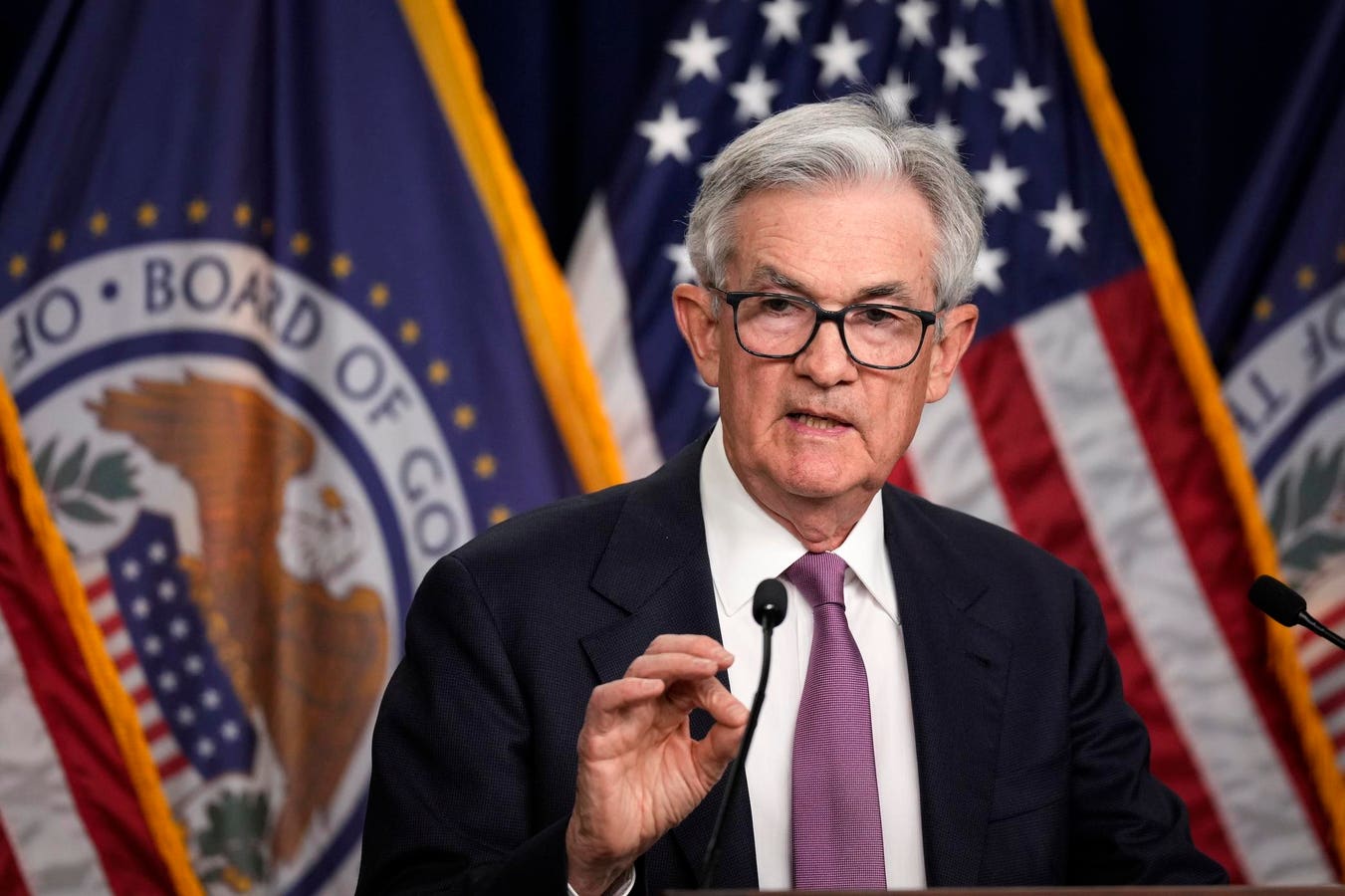Money
How Tariffs Add To Inflation Risks For The Fed

Navigating the Federal Reserve’s 2% Inflation Target Amidst Policy Uncertainties
Introduction to the Challenge
The Federal Reserve is steadfastly pursuing its 2% inflation target, but government policies, especially tariffs, are introducing complexities. While Chinese tariffs are in effect, others remain paused or pending. This uncertainty adds layers to the Fed’s decision-making process, potentially impacting inflation trajectories.
Recent Inflation Trends
Inflation has shown a moderate increase since September, even before tariff impacts. Key drivers include rising shelter costs, energy prices, and a surge in egg prices. Although current levels hover around 3%, they remain below the peaks of 2022-2023, which exceeded 9%. This moderation suggests that while inflation is rising, it’s not spiraling out of control.
The Role of Tariffs
Tariffs from the Trump administration are likely to elevate prices. The FOMC notes that businesses might pass increased costs to consumers, prompting potential price hikes. Implemented tariffs include a 10% on Chinese goods and a 25% on steel and aluminum, with others under consideration. These measures could lead to short-term inflationary pressures, though their full extent is uncertain.
Immigration and Energy Dynamics
Immigration policies may influence service costs, as fewer workers could lead to higher wages in service sectors. Conversely, increased energy production might reduce oil and gas prices, offering some relief. China’s retaliatory tariffs could dampen demand, prompting domestic price adjustments, adding another layer of complexity.
Broader Economic Factors
Beyond policy, economic growth and specific market dynamics play roles. Shelter costs, a significant inflation component, are expected to ease, potentially lowering inflation. The avian flu-driven egg price surge should normalize, offering further relief. Economic strength supports higher prices, but a slowdown could temper inflation.
Future Outlook and Policy Implications
Tariffs complicate the Fed’s 2025 strategy, with upside inflation risks potentially delaying interest rate cuts. A robust job market keeps the Fed cautious, with markets anticipating possible rate adjustments. Balancing these factors will be crucial as the Fed navigates toward its inflation goal amidst shifting policy landscapes.